Poltergeist (1982)
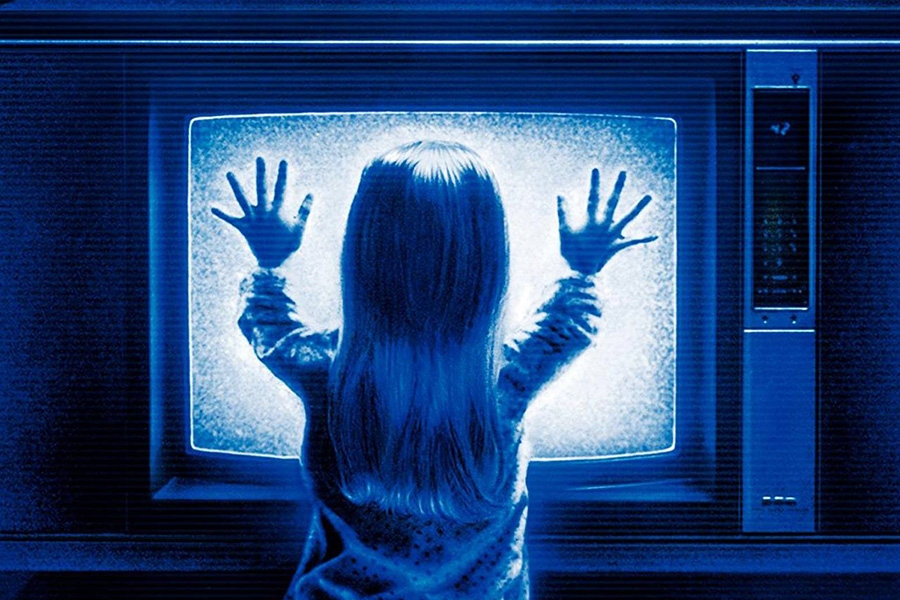
Poltergeist stands out as a truly memorable film, largely thanks to its cutting-edge special effects. At the time of its release, the movie pushed the boundaries of what was visually possible in horror, creating a terrifying experience that felt disturbingly real to audiences.
The film’s technical achievements made it a standout in the genre, setting a new standard for supernatural horror. While many films on this list took time to gain a following, Poltergeist was an immediate box office hit, solidifying its place in cinematic history.
In fact, it became the highest-grossing horror film of its year, raking in over $76 million. Its popularity was not only financial, as it also earned critical acclaim, securing nominations for three Academy Awards.
The Chicago Film Critics Association even ranked it the 20th scariest movie ever made. Poltergeist's combination of groundbreaking special effects and chilling storytelling made it a horror classic that continues to haunt viewers to this day.
The Evil Dead (1981)

This film may have been produced on a low budget by conventional standards, but that didn’t stop it from becoming one of the biggest movies of the year. Its concept was not only original but also compelling and brilliantly executed, which resonated with audiences and critics alike.
Despite its modest production resources, the movie's creativity and vision elevated it into a major success.
While most reviews were positive, none stood out more than that of Stephen King, who called it the "most ferociously original film of the year." His glowing endorsement became a pivotal quote that distributors used in promotional materials, further boosting the film's profile.
This combination of innovative storytelling and critical acclaim ensured the movie’s lasting impact on the industry.
Child's Play (1988)
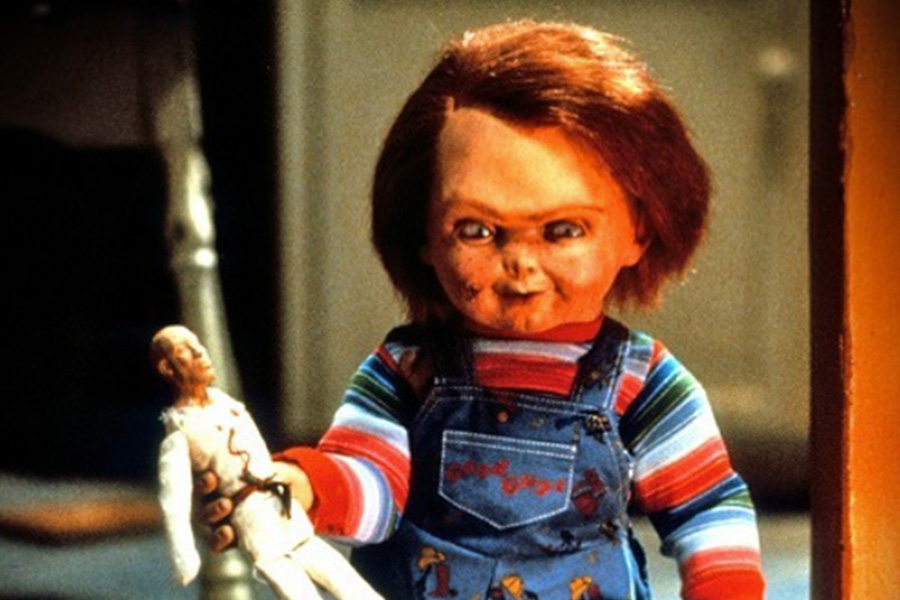
Chucky, the iconic and murderous doll, made a memorable and chilling debut in Child’s Play, and what an entrance it was. The film’s plot was certainly one of the most unusual for a horror movie — a serial killer’s soul becoming trapped in a doll resembling a Cabbage Patch Kid.
Yet, it was this strange and inventive concept that set Child’s Play apart from other horror films of its time, making it a standout in the genre. Audiences were both horrified and captivated by the combination of slasher thrills and the unnerving idea of a children's toy becoming a ruthless killer.
This first installment not only made waves in the horror world but also laid the foundation for a franchise that would thrive for decades. Child’s Play spawned six sequels, numerous merchandising deals, and even a series of comic books starring Chucky.
The film's success proved that even the strangest horror concepts could turn into cultural phenomena, with Chucky becoming a beloved and feared figure in pop culture.
Friday the 13th (1980)
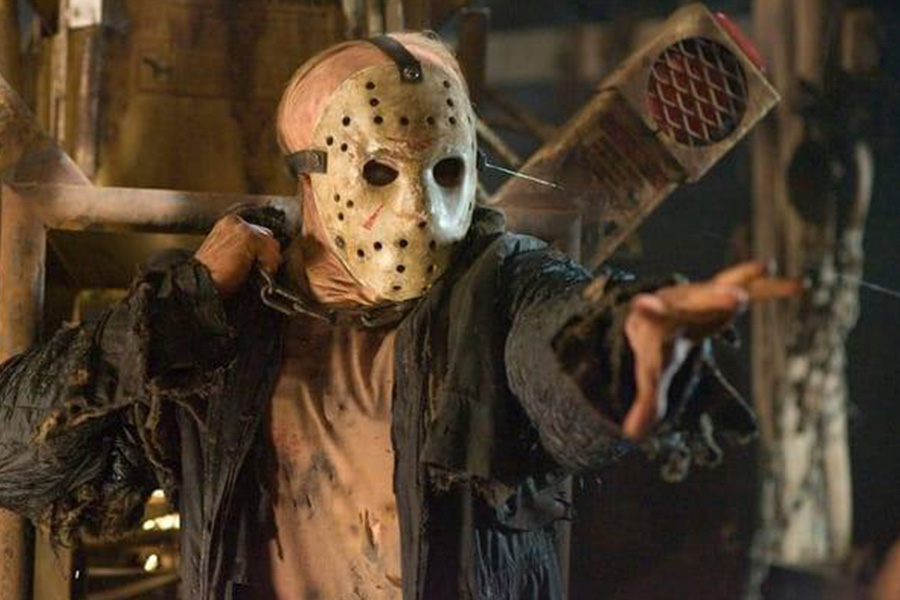
Friday the 13th introduced the world to one of horror's most iconic and prolific villains: Jason Voorhees. Although Jason doesn't fully emerge as the killer until later films, the groundwork for his terror was laid in this first installment, setting the stage for his reign of fear over unsuspecting campers. Jason would go on to haunt the screen for nearly three decades, starring in a dozen films that solidified his place as a horror legend.
While many of the sequels were commercially successful, none of them have the same lasting impact as the original Friday the 13th. The first film's suspense, atmosphere, and shocking twist earned it a place in horror history. It's remembered fondly as a genre-defining entry that sparked not only a franchise but an enduring fascination with masked killers in slasher films.
The Shining (1980)

Of all the films on this list, The Shining is likely the most well-known and highly regarded. Based on Stephen King's 1977 novel, it tells the story of Jack Torrance, who takes on the role of winter caretaker at the isolated Overlook Hotel. As the hotel's dark past begins to surface, Jack slowly loses his grip on reality, leading to a chilling descent into madness.
What makes Stanley Kubrick's film so iconic are the unforgettable performances, especially Jack Nicholson's. His portrayal of Jack’s spiral into insanity, influenced by the hotel’s sinister history, is legendary. Nicholson’s performance, combined with Kubrick’s direction, turned The Shining into a timeless horror classic.
Hellraiser (1987)
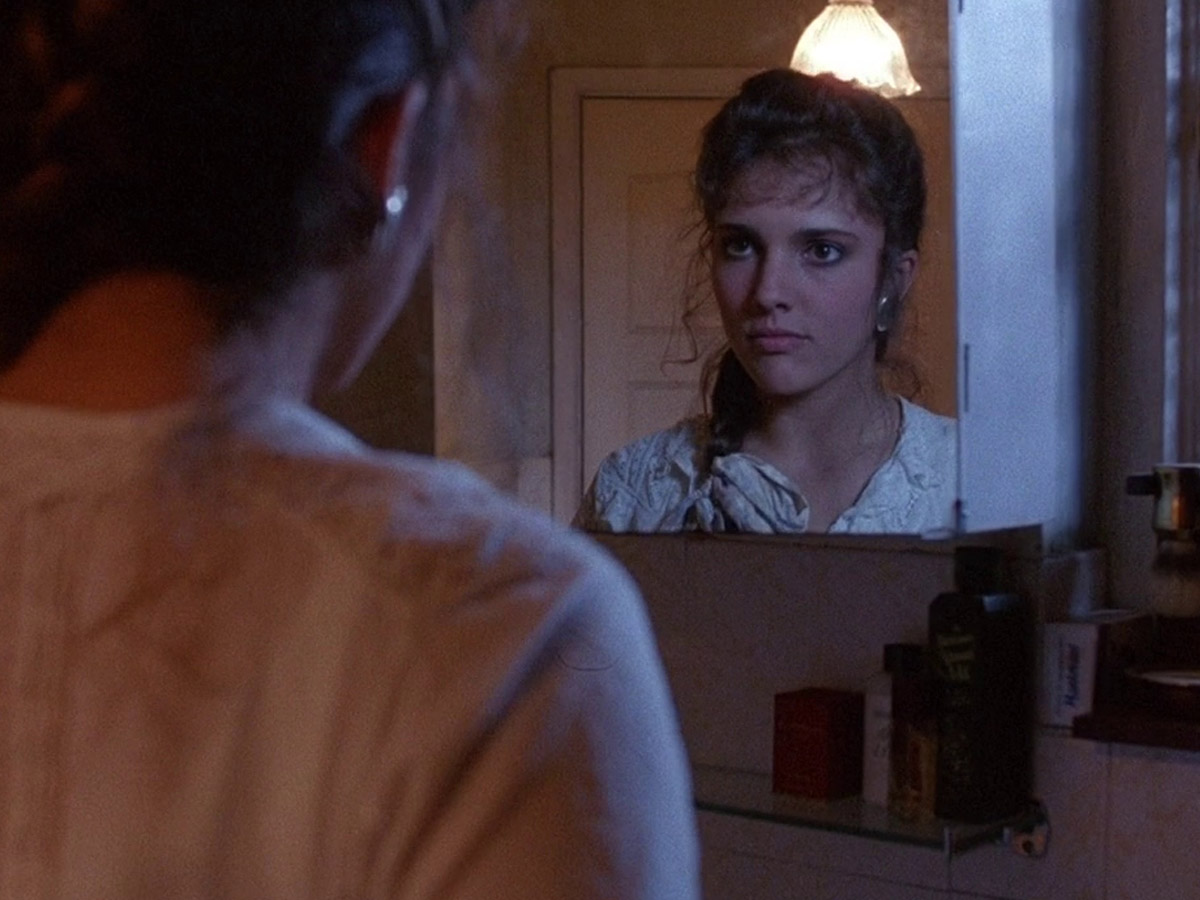
Hellraiser marked the directorial debut of artist Clive Barker, and while it was praised as an impressive first effort, its graphic violence divided critics. The film’s intense content pushed the boundaries of horror, making it both a standout and a point of controversy in the genre. Despite the mixed reviews, Hellraiser earned a dedicated fanbase for its dark, imaginative storytelling.
What truly made the film unforgettable, however, was its iconic villain. Even those who haven't seen the movie are likely familiar with the haunting figure of Pinhead. His chilling appearance, with a face covered in nails, became one of the most recognizable and enduring images in horror history.
Gremlins (1984)
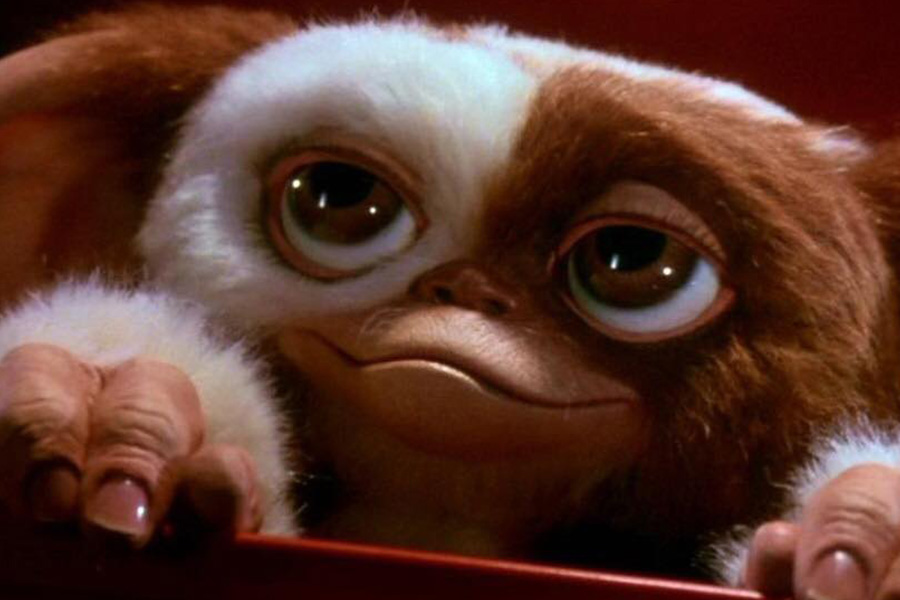
Many of the movies on this list are so iconic that even people who haven't seen them can tell you something about them. A perfect example of this is Gremlins. The film’s mischievous creatures, the Mogwai, have become iconic figures in pop culture, instantly recognizable to fans and non-fans alike.
What makes Gremlins even more memorable is the set of strict rules that come with owning a Mogwai — most famously, "don’t feed them after midnight." These instructions are as well-known as the creatures themselves, contributing to the lasting legacy of the film as both a quirky horror-comedy and a pop culture phenomenon.
The Hitcher (1986)
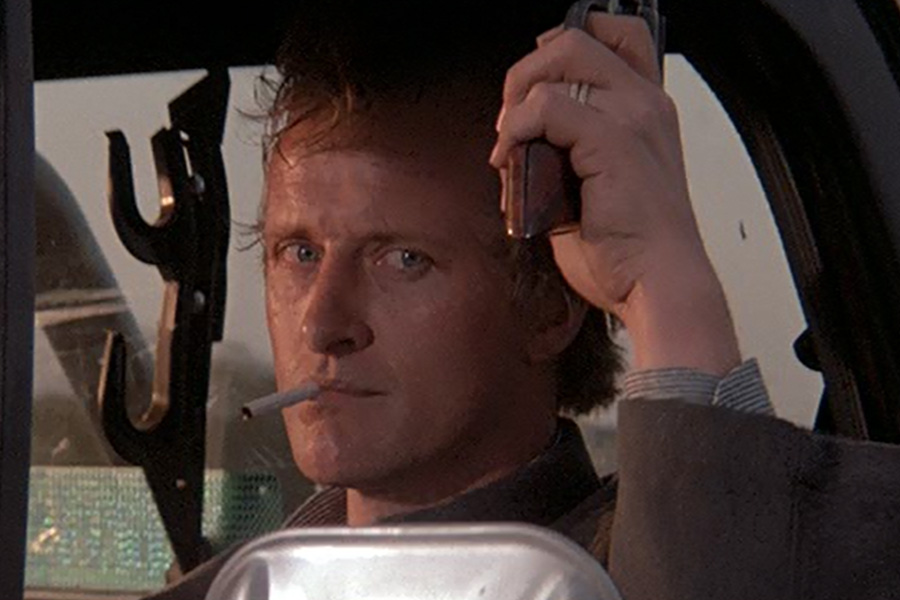
Many horror films rely on the “cat-and-mouse” trope, but few use it as effectively as The Hitcher. In the first half of the film, this device is employed conventionally, with the protagonist being relentlessly terrorized by a murderous hitchhiker. The tension builds as the villain stalks his prey, keeping the audience on edge with every close encounter.
However, in the second half, the film flips the script. Instead of continuing as the victim, the protagonist takes control and decides to fight back. He tracks down his tormentor, ultimately running him over and shooting him multiple times. This unexpected shift in power makes The Hitcher a standout in the genre, offering a refreshing take on a classic horror theme.
Children of the Corn (1984)

Many films on this list feature creepy kids, but this one takes it a step further by centering almost entirely around them. From start to finish, the movie is packed with unsettling scenes of children behaving in terrifyingly sinister ways. Viewers knew what they were in for, as the title itself essentially gives away the plot.
Yet, the idea of murderous children performing demonic rituals in a cornfield is disturbing enough to make it stand out. Its eerie atmosphere and chilling concept left a lasting impression, earning it a well-deserved spot among horror’s most memorable films.
The Thing (1982)
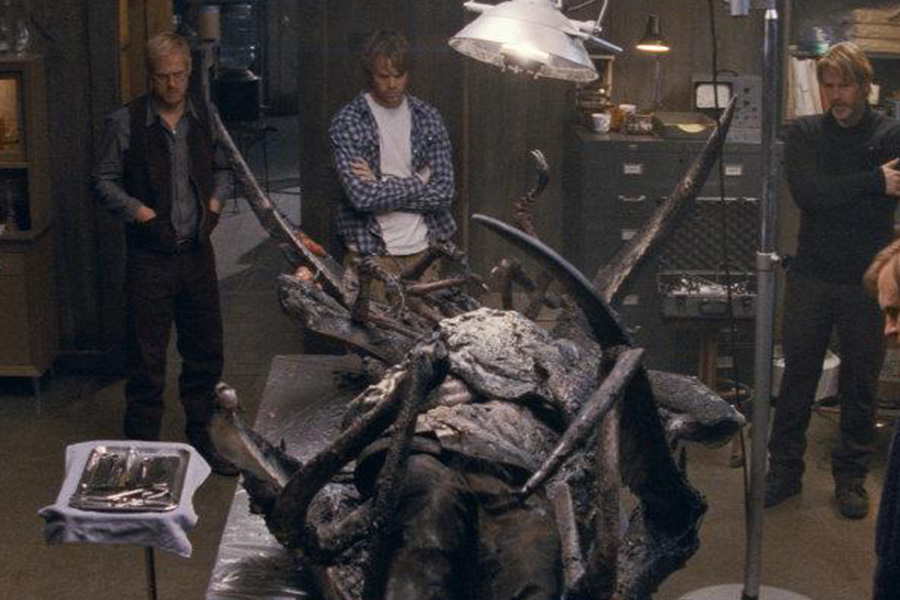
Despite receiving poor reviews upon its initial release, this film starring Kurt Russell has since earned its status as a classic. Set in the icy isolation of Antarctica, the story follows a team of researchers who witness a sled dog being shot at and chased by a helicopter. Out of compassion, they take the dog into their basecamp, only to later discover that this seemingly innocent creature is actually a violent entity capable of assuming the shape of its victims.
This revelation ignites deep paranoia within the group, as members are systematically picked off one by one, unable to discern who is still human and who has been transformed. The intense atmosphere of distrust and fear, coupled with its innovative storytelling, has solidified the film’s legacy as a seminal work in the horror genre, captivating audiences with its chilling narrative and unforgettable tension.
A Nightmare on Elm Street (1984)

A Nightmare on Elm Street may follow the typical slasher formula in many respects, but it’s Freddy Krueger's unique aesthetic that truly sets it apart. With his heavily scarred face and signature fixed-blade glove, Freddy became a haunting figure who terrorized dreams and reality alike. This chilling appearance captured the imagination of horror fans, making him an enduring icon in the genre.
As a result, Freddy Krueger has remained a staple of horror films for over three decades, consistently resurfacing in various media and pop culture. His latest appearance was in the 2010 remake of the same name, proving that the character's terrifying legacy continues to resonate with audiences. Freddy's blend of horror and dark humor ensures his place in the pantheon of horror villains, making him a memorable figure who embodies the nightmares of generations.
Silver Bullet (1985)
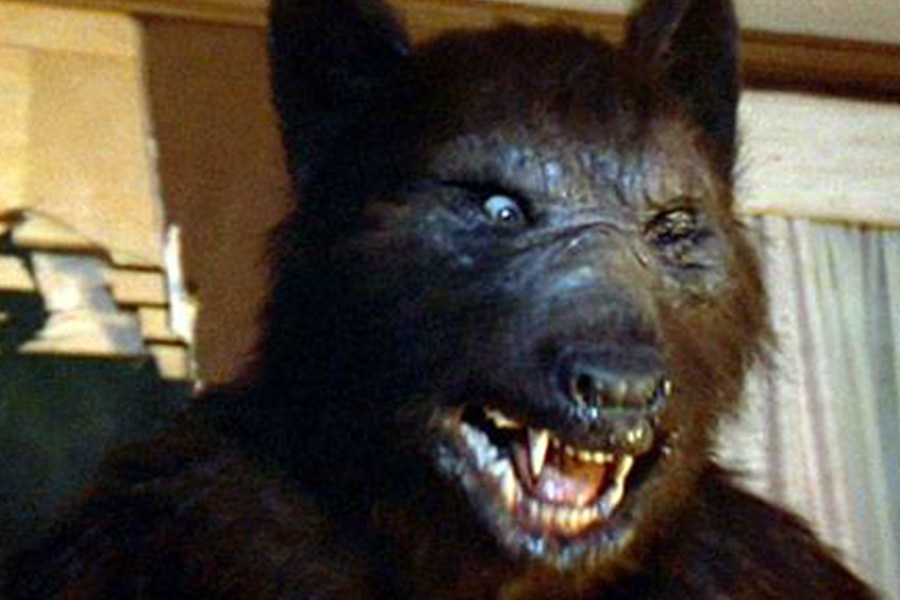
In the '80s, it felt like a new Stephen King story was being adapted into a film every year! While Silver Bullet may be considered the least memorable King adaptation on this list, it holds a special place for its use of old-school practical effects. These effects are so classic that some critics have deemed them dated, but they add a unique charm to the film that resonates with fans of traditional horror.
In a decade dominated by gory slashers, Silver Bullet offered a refreshing dose of uncomplicated nostalgia. Its simpler approach to horror appealed to many fans seeking a break from the blood-soaked chaos of the time. The film’s blend of supernatural elements and heartfelt storytelling provides a different kind of thrill, showcasing how effective practical effects can create lasting memories in the realm of horror cinema.
An American Werewolf in London (1981)

Strangely enough, 1981 became the year of werewolf movies, with three wolf-themed horrors hitting theaters within just five months. Among them, An American Werewolf in London emerged as the definitive standout. The film’s groundbreaking special effects, which showcased a stunning transformation sequence, garnered high praise from critics and audiences alike, ultimately earning it an Academy Award for Best Makeup.
Today, An American Werewolf in London is celebrated as a cult classic, remembered for its unique blend of horror and dark humor. Its innovative approach to the werewolf mythos and its unforgettable characters have cemented its legacy in the horror genre, making it a must-watch for fans seeking both thrills and laughs in equal measure.
The Fly (1986)
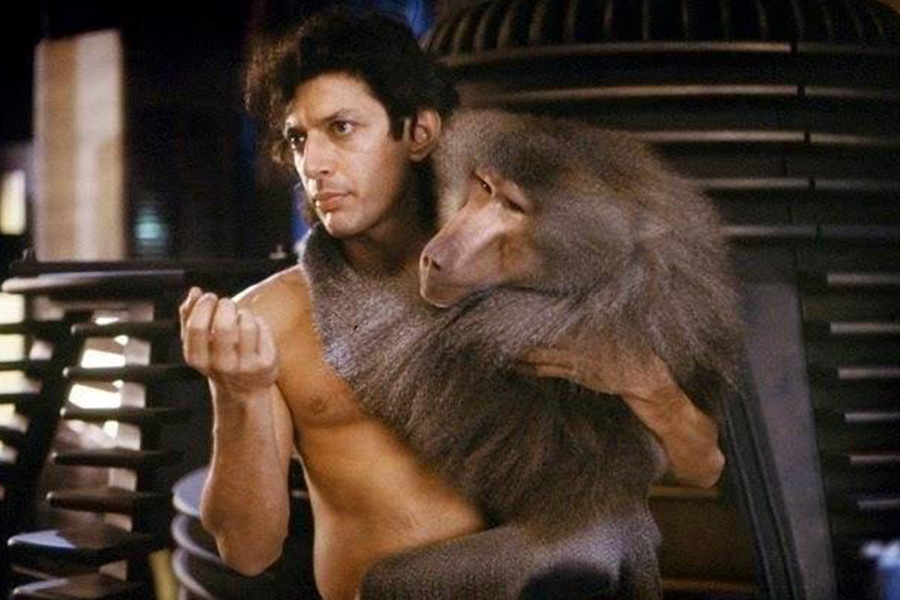
While many horror movies feature a killer or monster pitted against a protagonist, The Fly takes a different approach by making the protagonist himself the monster. Seth Brundle, portrayed by Jeff Goldblum, begins the film as a brilliant scientist obsessed with mastering teleportation. However, his experiment goes horribly wrong, leading to a grotesque transformation into a fly-human hybrid.
This evolution into a monstrous creature is both horrific and tragic, as Seth becomes increasingly consumed by his newfound abilities and desires, ultimately seeking to merge with his former lover. The film delves into themes of identity, loss, and the consequences of unchecked ambition, making The Fly not just a horror story, but a poignant exploration of the human condition.
Halloween 2 (1981)

This film demonstrates that sequels can indeed succeed! Halloween 2 picks up right where the original left off, continuing the story of Michael Myers and his relentless pursuit of Laurie Strode. It effectively employs the same techniques that made the first installment so memorable, such as its simple yet haunting musical score and the use of first-person perspectives to heighten tension and suspense.
Despite receiving mixed reviews from critics, Halloween 2 has solidified its status as a classic within one of the most iconic horror franchises ever. The film's ability to maintain the chilling atmosphere of its predecessor while expanding the story has earned it a dedicated following among fans, proving that a well-crafted sequel can resonate just as strongly as the original.
Christine (1983)
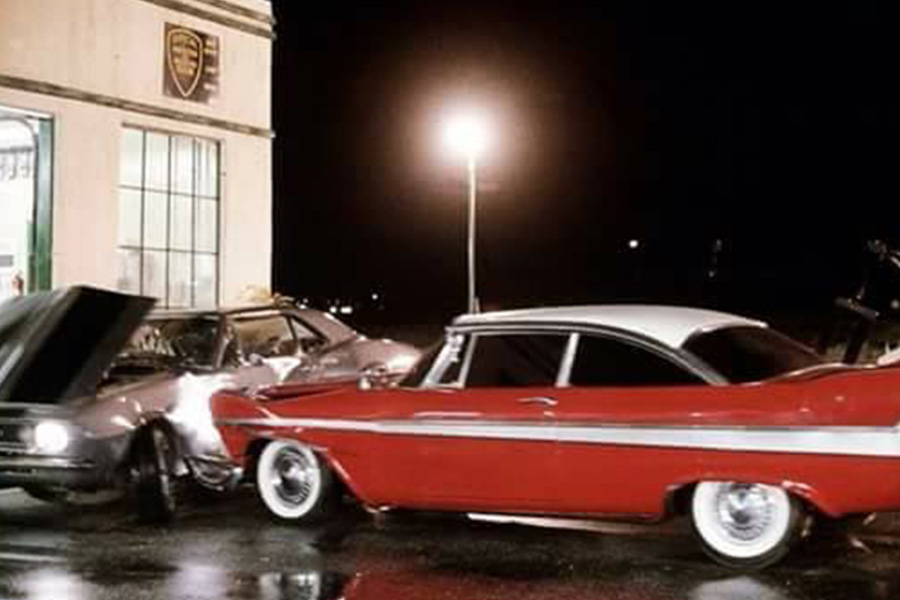
You might be forgiven for thinking this movie is a comedy based solely on its premise: a sentient Plymouth Fury that doubles as a killer car. However, Christine is no joke; it's a chilling horror film that has earned its place as a cult classic. Directed by John Carpenter, the film brings to life Stephen King’s gripping story about a car that possesses a mind of its own, wreaking havoc on those who dare to cross its path.
Released during the 1980s—a decade rich with blockbuster horror adaptations of King’s work — Christine stands out for its unique blend of supernatural elements and psychological drama. The film explores themes of obsession and transformation, as the car's influence takes a toll on its owner, driving him to madness. This blend of horror and dark humor has captivated audiences, ensuring that Christine remains a memorable entry in the realm of horror cinema.
Pet Sematary (1989)
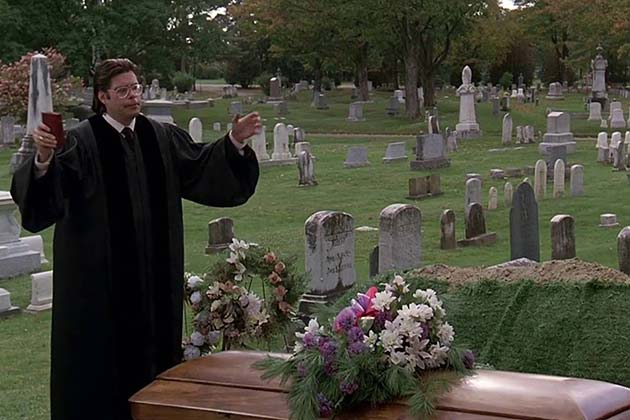
Pet Sematary follows the Creed family as they move to a rural town in Maine, where they discover a burial ground with the unsettling ability to restore life. However, the resurrection comes with horrifying changes, which they learn after burying a deceased pet.
When Louis Creed’s son tragically dies, desperation leads him to bury the boy in this cursed ground, hoping to bring him back. True to Stephen King's style, this choice unleashes terrible consequences, as the once-innocent child returns altered and malevolent. The film explores themes of grief, obsession, and the haunting notion that some things are better left undisturbed.
Cannibal Holocaust (1980)
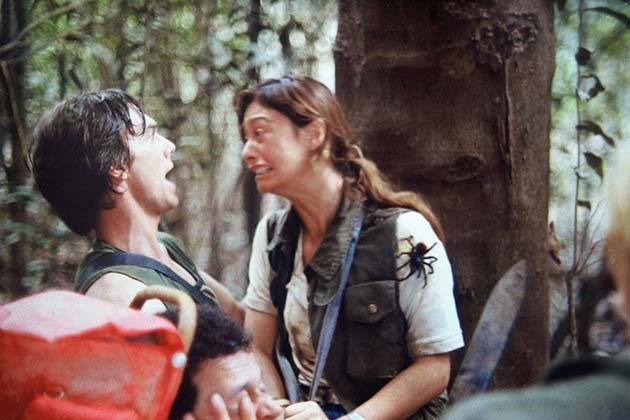
Cannibal Holocaust can be seen as the '80s equivalent of The Blair Witch Project, but arguably more convincing. The practical effects in this film are so graphic and unsettling that many viewers were led to believe the murders and acts of cannibalism depicted were genuine. This level of realism sparked outrage and controversy, leading to the film being banned in Australia, Italy, and several other countries.
The found-footage style, combined with its shocking content, pushed the boundaries of horror and raised ethical questions about the depiction of violence in cinema. Despite — or perhaps because of — its notoriety, Cannibal Holocaust has left a lasting impact on the horror genre, often cited in discussions about the limits of filmmaking and the responsibility of filmmakers toward their audiences.
The Blob (1988)

This movie proves that you don’t need a Freddy Krueger or Jason Voorhees to create a scary film — sometimes, all you need is a compelling story and convincing special effects. With these elements, even a blob can become a horror icon. The 1988 version of The Blob is a remake of the 1958 horror film of the same name, and both films initially received lukewarm receptions.
However, over the years, they have transformed into cult classics, garnering a dedicated fanbase that appreciates their blend of horror and creativity. The film’s ability to turn a simple premise into a captivating narrative showcases the power of storytelling in the horror genre, proving that innovative ideas can resonate long after their initial release.
Tenebrae (1982)
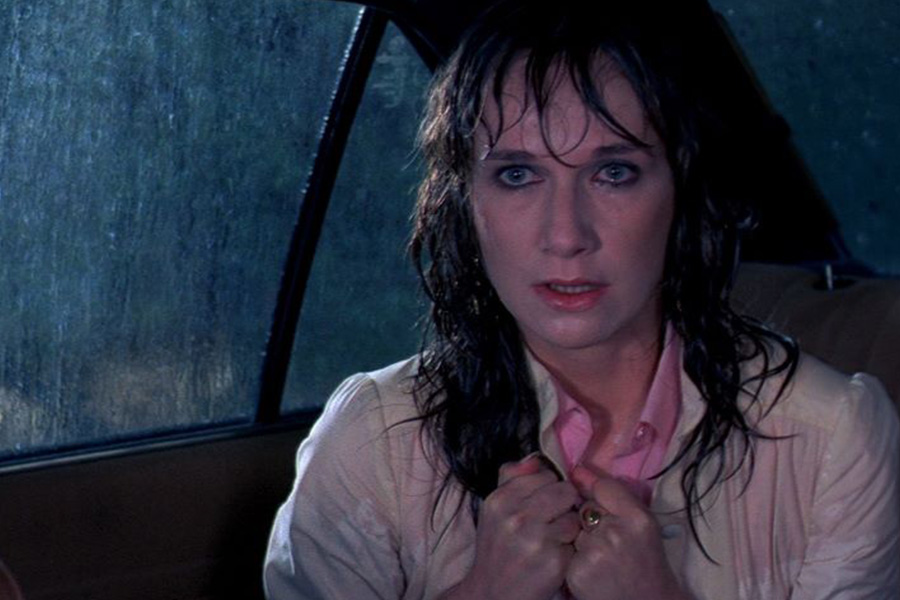
This Italian thriller is an essential watch for any horror movie buff. Originally released abroad in 1982, it finally made its way to the United States in 1984, albeit in a highly edited and heavily censored version titled Unsane.
Unfortunately, this cut received poor reviews and failed to do justice to the film's thrilling narrative, which centers on a murder mystery novelist who embarks on a quest to find someone he suspects may have been inspired to kill by his latest book.
Fortunately, audiences were later treated to a fully restored version that captures the film's original intensity and depth. This uncut release allows viewers to fully appreciate the intricacies of the plot and the film's chilling atmosphere, solidifying its status as a cult classic in the horror genre.
The Lost Boys (1987)

This late '80s horror-comedy, The Lost Boys, received positive reviews and boasted a stellar cast, but it's the cultural impact that truly makes it iconic. Before this film, the vampire genre had become somewhat stale, often relying on traditional portrayals of the undead. The Lost Boys is credited with revitalizing the image of vampires, presenting them as younger, more attractive figures that resonated with a new generation of audiences.
The film’s blend of humor, horror, and a modern aesthetic helped redefine vampire lore, making it more accessible and appealing. Its influence can be seen in countless vampire-themed films and television series that followed, solidifying The Lost Boys as a landmark entry in the genre and a beloved classic that continues to captivate fans today.
Day of the Dead (1985)

This film is the third installment in George A. Romero’s iconic zombie series, making it a significant entry in the horror genre. What sets this movie apart are its convincing makeup effects, which bring the undead to life in horrifying detail. The filmmakers also opted for a unique setting, choosing to shoot deep underground in a mine, which adds an unsettling atmosphere and claustrophobic tension to the narrative.
The combination of impressive practical effects and a striking location enhances the film's eerie vibe, immersing viewers in a world of terror that feels both isolated and intense. Romero's innovative approach in this installment continues to resonate with fans of zombie cinema, solidifying its place in the pantheon of horror classics.
Videodrome (1983)
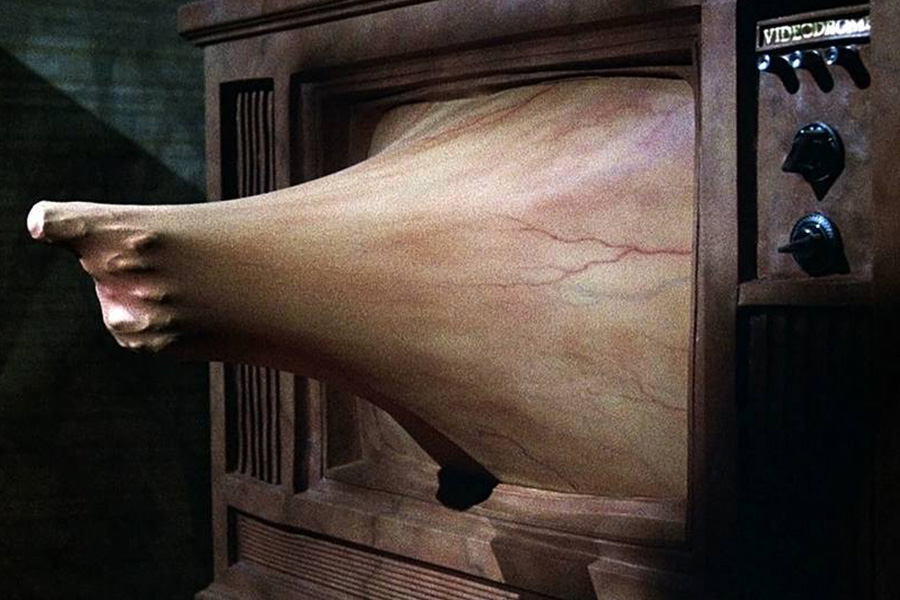
Max Renn, played by James Woods, is the CEO of a television station who inadvertently stumbles upon a channel showcasing what he initially assumes to be fake but gratuitous violence. Driven by curiosity and a desire to uncover the truth behind this disturbing broadcast, he delves deeper and uncovers a chilling reality: the channel may be part of a larger mind-control conspiracy.
Despite its lackluster commercial performance, this film has garnered critical acclaim over the years and has since become a cult classic. Its exploration of media influence and the darker side of entertainment resonates with audiences, making it a thought-provoking piece that continues to spark discussions about the nature of violence in media and its impact on society.
Possession (1981)
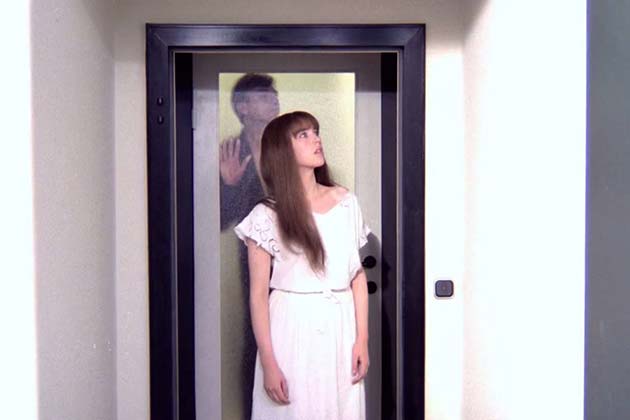
This psychological horror film has captivated audiences since its release, but it has only recently gained cult status. The plot is both deeply cerebral and gripping, drawing viewers in with its intricate narrative and top-notch acting. It follows an international spy who returns home to find his wife behaving strangely and expressing a desire for a divorce.
As the story unfolds, it spirals into a whirlwind of madness and intrigue. What makes this film particularly effective is its focus on very human and well-developed characters, allowing audiences to connect with their struggles and emotions. This depth adds layers to the tension and horror, making it a standout entry in the genre that resonates with viewers long after the credits roll.
Henry: Portrait of a Serial Killer (1986)

This film was a breath of fresh air for critics who felt the horror market had become saturated in the '80s. Henry: Portrait of a Serial Killer stood out by presenting familiar themes in a groundbreaking way. Instead of focusing on the investigation surrounding the killings, the filmmakers chose to stay with the killer’s perspective, immersing audiences in his unsettling mindset.
This approach forces viewers to confront the disturbing nature of the protagonist, creating an uncomfortable experience that sets it apart from typical slasher films. By challenging genre conventions, the movie leaves a lasting impact and solidifies its place as a significant work in the horror landscape.
Parents (1989)

This black comedy horror film didn't perform well at the box office, and critics weren't particularly fond of it either. However, its quirky and disturbing blend of humor and horror has led to a dedicated cult following. The plot is both straightforward and entertaining, centering on a boy who gradually uncovers the chilling possibility that his parents might be cannibals.
This unique premise, combined with offbeat storytelling, allows the film to explore dark themes in a way that resonates with audiences seeking something different. Its blend of comedy and horror creates a memorable experience, proving that sometimes the most unconventional films can find their niche and thrive in the hearts of devoted fans.
Near Dark (1987)

This film represents another revival of the vampire genre that emerged in the '80s. What sets it apart is its unique blend of western movie themes with classic vampire elements. This intriguing combination creates a compelling narrative that captivates audiences and offers a fresh take on both genres.
Critics were quick to praise the film for its originality and execution, highlighting how it masterfully intertwines the iconic tropes of the western with the supernatural allure of vampire lore. As a result, this movie not only redefines the boundaries of the vampire genre but also solidifies its place as a standout film that resonates with fans of both westerns and horror.
Re-Animator (1985)

This film has aged remarkably well, garnering increasing acclaim over the years and achieving cult status. Its success lies in the seamless blend of horror, comedy, and science fiction, which creates a unique viewing experience. The plot follows scientist Herbert West, who develops a serum capable of reanimating dead bodies, leading him to use it to bring his deceased professor back to life.
However, true to the horror genre, this reanimation process comes with gruesome side effects that unfold in disturbing and entertaining ways. This combination of dark humor and horror elements not only keeps audiences engaged but also ensures the film remains a beloved classic among fans of unconventional cinema.
Aliens (1986)
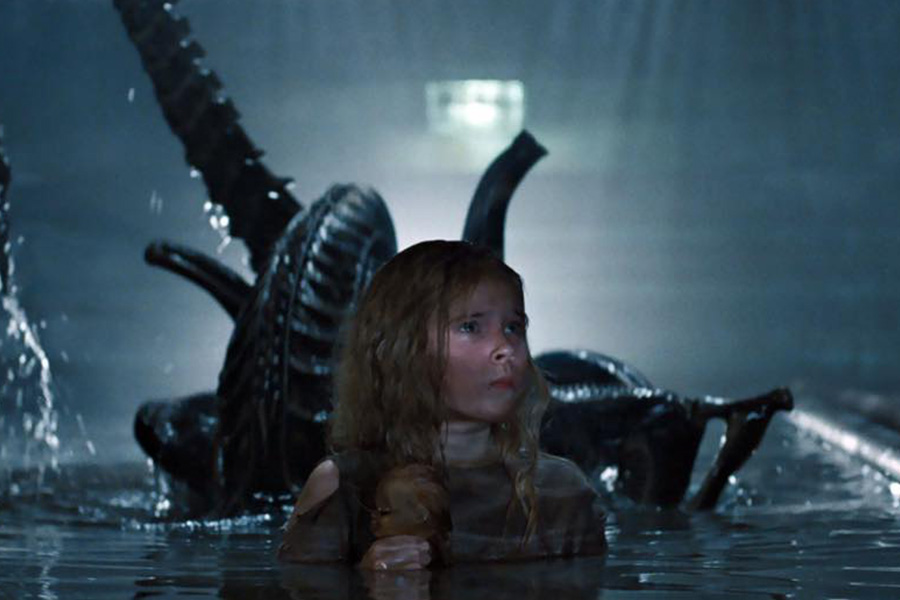
It's always a pleasant surprise when a sequel matches or even surpasses the quality of the original, and Aliens accomplished just that. This achievement is particularly impressive considering the high standard set by the first film, Alien (1977). Upon its release, the sequel received nearly universal acclaim, thrilling both critics and audiences alike.
The terrifying creatures that captivated viewers in the initial installment returned, delivering a blend of horror and action that did not disappoint. With its engaging characters and intense atmosphere, Aliens expanded the franchise in exciting ways while maintaining the suspenseful elements that fans loved, solidifying its place as a standout film in the sci-fi horror genre.
The Fog (1980)
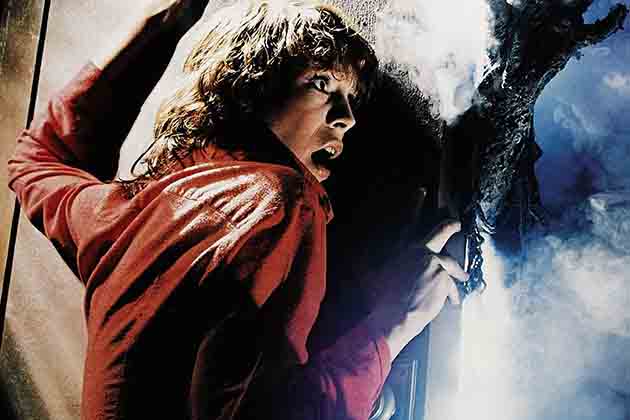
The original 1980 version of The Fog is a fantastic film that truly stands the test of time. Directed and written by the legendary John Carpenter, it has the ability to send chills up your spine with its atmospheric storytelling and suspenseful moments. Adding to its appeal is the presence of Jamie Lee Curtis, the undisputed queen of '80s horror, who brings depth and charisma to her role.
While the remake follows a similar plot, it simply cannot capture the same magic and eerie charm that the original does. Carpenter's masterful direction and the film's haunting score create a chilling ambiance that lingers long after the credits roll, making it a must-see for any horror enthusiast. The original The Fog remains a classic that showcases Carpenter's talent for crafting memorable and unsettling horror experiences.
Sleepaway Camp (1983)

What’s better than a slasher film set at a camp? This low-budget gem embraces all the cheesy elements you'd expect, yet it delivers a fun and memorable experience for horror fans. The camp setting heightens the suspense, playing on the fears of isolation and danger.
One of the film's standout features is its incredibly creepy ending, which leaves viewers with chills long after the credits roll. This unexpected twist perfectly caps off the tension, making it a noteworthy entry in the slasher genre that captures the essence of campy horror while still managing to surprise its audience.
Maniac (1980)

Maniac leaves you feeling uncomfortable and extremely disturbed — exactly what you want from a horror film. The story revolves around a loner with a chilling obsession: he dresses up mannequins with the scalps of his innocent victims. What a sweet hobby, right?
This unsettling premise forces viewers to confront the darkest corners of the human psyche, making it a truly harrowing experience. The film masterfully captures the essence of horror, keeping audiences on edge as they navigate the twisted world of its protagonist. It's a gritty portrayal of obsession and violence that lingers long after the credits roll.
Prince of Darkness (1987)

Prince of Darkness is one of those films you’ll either love or hate. While some audiences find it confusing, those who grasp its intricate narrative often consider it a masterpiece. The film weaves a compelling tale that challenges viewers to engage deeply with its themes and concepts.
What stands out most is the haunting score, which perfectly complements every scene and enhances the overall atmosphere. The music adds an eerie depth that amplifies the tension and emotional weight of the story, making the viewing experience all the more impactful. When everything clicks, Prince of Darkness transforms into a chilling and unforgettable cinematic journey.
Creepshow (1982)
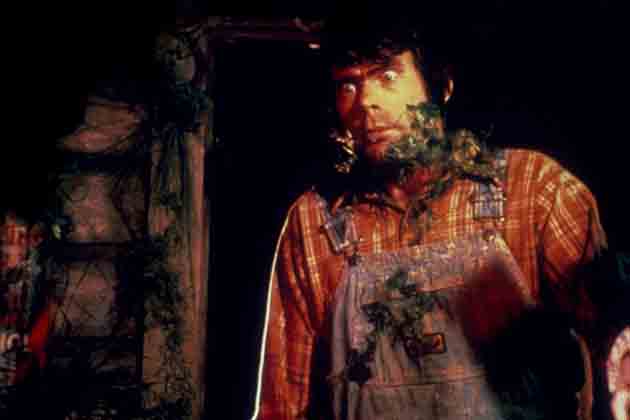
Creepshow draws its inspiration from E.C. Comics, establishing a fantastic foundation for its unique storytelling. Once the collaboration between Stephen King and George A. Romero was announced, it became clear that this film would be an obvious hit. This dynamic duo expertly blends humor and horror, crafting a series of short stories that keep viewers on their toes.
While it's important to note that Creepshow consists of interconnected vignettes rather than a single narrative, this format allows for a diverse range of chilling tales. Each segment brings something new and thrilling to the table, making it a must-watch for any horror fan. The film's clever blend of suspense, wit, and nostalgic comic-book aesthetics creates a memorable experience that stands the test of time.
The Stepfather (1987)

You never know what you’re going to get with a stepfather, and this film plays on that fear brilliantly, instilling terror in a whole generation of kids. The Stepfather revolves around a seemingly charming man who has a dark secret: he murders his family only to remarry and start his sinister spree all over again.
The film taps into the primal fear of the unknown lurking behind familiar faces, making it a chilling watch. As the protagonist begins to uncover the truth about her new father figure, the tension escalates, keeping audiences on the edge of their seats. With its suspenseful narrative and haunting premise, The Stepfather remains a classic in the horror genre, reminding us that danger can often come from those we least expect.
The Changeling (1980)
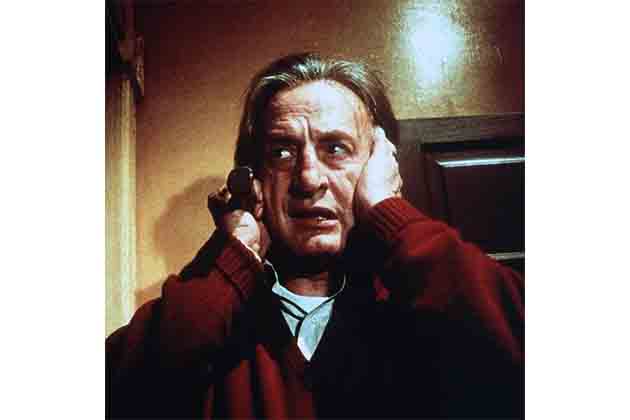
Haunted house tales hold a special place in our hearts, which is why The Changeling stands out as one of our favorites. This classic horror film masterfully evokes fear without relying on cheap jump scares, a refreshing departure from many modern horror offerings. Instead, it builds tension through atmosphere, storytelling, and a deep sense of unease that lingers long after the credits roll.
One notable aspect of The Changeling is its minimal use of blood and gore. Yet, this absence doesn't diminish its ability to scare; in fact, it enhances the psychological terror that unfolds. The film's chilling narrative, combined with its eerie setting, creates an unforgettable experience that grips viewers from start to finish, proving that sometimes less is truly more when it comes to horror.
The Howling (1981)

The Howling tells the story of a woman whose luck takes a turn for the worse after a chilling encounter with a serial killer. Seeking solace, she heads to a secluded resort for some much-needed rest and relaxation. However, her reprieve quickly turns into a nightmare when she discovers that the resort's residents are, in fact, werewolves.
If you enjoyed An American Werewolf in London, then The Howling is sure to become your next favorite horror flick. With its blend of suspense, supernatural elements, and unique werewolf lore, the film delivers a thrilling experience that keeps viewers on the edge of their seats. The atmospheric setting and engaging plot make it a standout in the genre, solidifying its status as a classic among horror enthusiasts.
Halloween 4 (1988)

Halloween 4: The Return of Michael Myers might not top the list of the franchise's best entries, but it's definitely a worthy sequel that brings excitement back to the series after the lackluster reception of Halloween III. This installment introduces Jamie, the niece of the iconic slasher Michael Myers, setting the stage for an intriguing family dynamic amidst the horror.
The film successfully recaptures the chilling atmosphere that fans have come to love while introducing new characters and a fresh storyline. One of the standout features is its dark and unexpected ending, which delivers a twist that will leave audiences reeling. While it may not eclipse the original, Halloween 4 stands out as a solid addition to the legendary franchise, proving that Michael Myers still had plenty of terror to unleash.
Fright Night (1985)

Fright Night is an absolute gem in the realm of '80s horror, seamlessly blending campy charm with genuine scares. While it embraces some of the cheesy elements typical of the era, it expertly balances them to create an eerie atmosphere rather than falling into the trap of a B-movie. The film’s clever writing and engaging plot keep viewers entertained as it follows a teenager who discovers his neighbor is a vampire.
The standout performances from the cast elevate the film even further, as they fully commit to their roles, bringing both humor and tension to the story. With its memorable characters and iconic moments, Fright Night has earned its place as one of the best vampire films ever made, capturing the spirit of the genre while delivering chills and laughs in equal measure.
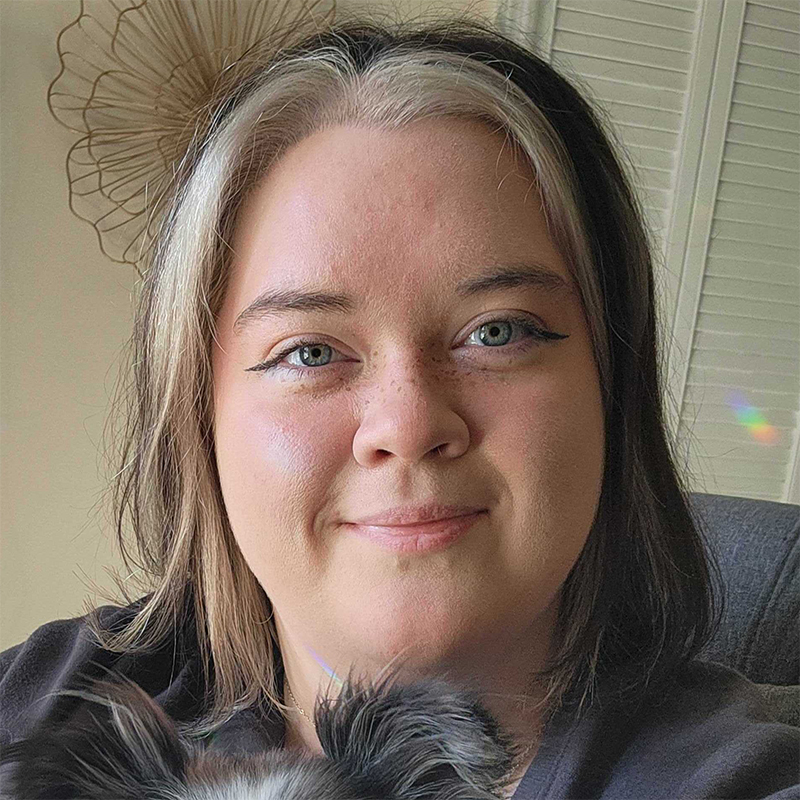 Author
Shannon Sanford
This post may contain affiliate links. Read our disclosure policy.
Last Updated: September 02, 2025
Author
Shannon Sanford
This post may contain affiliate links. Read our disclosure policy.
Last Updated: September 02, 2025